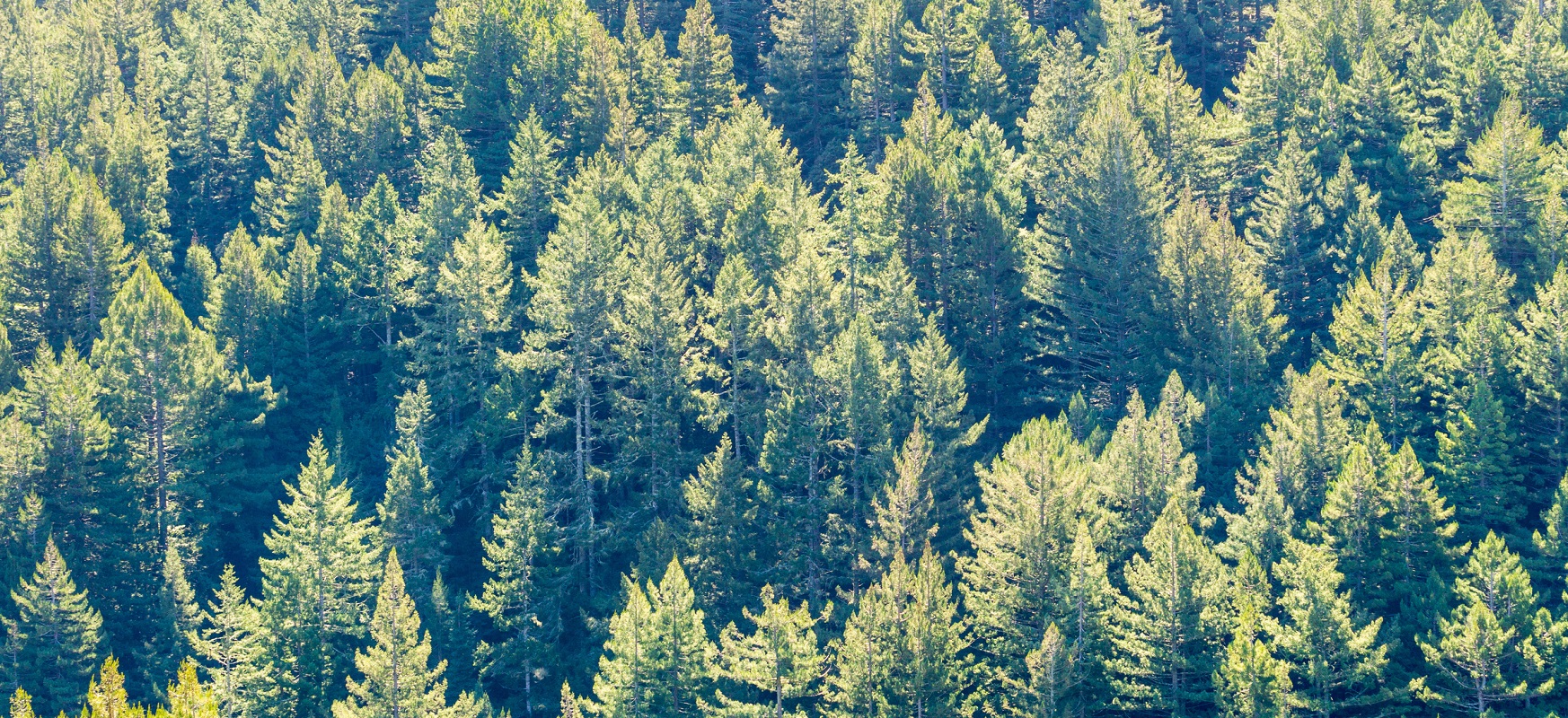Earth is home to amazing ecosystems, full of all kinds of species and a myriad of interconnections. Sometimes the slightest intervention or behavior on the part of one of its residents can have far-reaching consequences. The following story is a great example of such an incident.
lone wolf
In 1997, a lone wolf crossed a temporary ice bridge connecting Canadian territory to Isle Royale on Lake Superior off the coast of the US state of Michigan. In addition to the picturesque surroundings, this island is distinguished by something else – a high level of biodiversity.
The first wolves appeared on the island in the late 1940’s, and their existence has not always been smooth sailing. The wolf population of Isle Royale suffered from disease and inbreeding, which caused them serious problems. In the 1980s, the wolf population decreased from 50 to about 12 due to the emergence of canine parvovirus.
how sRwIHsDrzInoa The study’s first author, Sarah Hoy, an environmental scientist at Michigan State University, said:
Issues such as inbreeding and decreased genetic diversity are of interest to scientists. But this is the first study to show that when you have these genetic problems, they don’t just affect a particular population and increase their risk of extinction: they also have a really big impact on all other species.
Although the disease that afflicted the wolves eventually disappeared, their population did not immediately recover. The cause was strong inbreeding due to the small population size, which led to lower reproductive success, as well as poor health outcomes, such as spinal deformities, often seen in such cases in purebred dogs.
Isle Royale is also inhabited by a large number of moose, which are one of the main sources of food for wolves. However, due to spinal deformities, wolf packs began to have more and more problems hunting larger moose. This relationship has been the reason for the longest study of the predator-prey system anywhere in the world.
Everything changed with the arrival of the lone wolf known to scientists as “M93”, though he soon became known as the “Old Gray Man”.
M93 was not related to the local wolf population, which is a good thing from a disturbing inbreeding point of view. In addition, his presence had another advantage. It was very large, which gave it an advantage when defending territory against competitors or defeating 800-kilogram ungulates such as elk. M93 quickly became the breeding male in one of three wolf packs on the island and sired a total of 34 wolves, greatly improving the population’s genetic health and prey kill rate.
Moose are voracious herbivores, eating up to 14 kg of vegetation in a single day. Thanks to the wolves, their numbers decreased, which had a positive effect on the population of the balsam fir. Why did the researchers care about fir? It turned out to be the most visible sign of improvement of the entire ecosystem and helped restore biological balance in the entire jungle that covers the island.
Thanks to the wolves, the entire ecosystem has been reborn
Thanks to the decline in the moose population, trees are beginning to grow at a rate not seen in decades. This has contributed to the renewal of the forest and the myriad species of plants and animals that depend on it in different ways.
The benefits felt by the ecosystem from the arrival of the M93 Wolf have lasted for about a decade. After this period, the situation deteriorated again, ironically due to the exceptional reproductive success of the lone wolf.
Thanks to detailed studies, scientists were able to determine that the wolf, as a result of the death of its reproductive partner, began to breed with its own daughter, adding to pre-existing problems with inbreeding for the rest of the population. And in 2008 – two years after that person’s death – 60 percent. His legacy was to set the genes of the wolf population, resulting in a genetic re-deterioration of the entire population. Fortunately, a restoration program launched in 2018 has restored the balance of the ecosystem once again, and today around 30 wolves and nearly a thousand elk live on the island.
What follows from this story?
Thanks to many years of research and only one wolf joining the population, it’s clear how important even the smallest changes to ecosystems can be. This could be used to protect endangered species and try to rebuild their numbers. According to the ecologist Howe mentioned earlier, the main idea here is that the same principle of introducing a small number of individuals can be successfully applied in situations where they suffer from the harmful effects of inbreeding, as in the case of lions or leopards, to similarly improve their ecosystems.
So one wolf and just one study can lead to improvements in remote ecosystems and help people fix some of the negative impacts our activities have on the natural environment.
Read more amazing science stories:

Echo Richards embodies a personality that is a delightful contradiction: a humble musicaholic who never brags about her expansive knowledge of both classic and contemporary tunes. Infuriatingly modest, one would never know from a mere conversation how deeply entrenched she is in the world of music. This passion seamlessly translates into her problem-solving skills, with Echo often drawing inspiration from melodies and rhythms. A voracious reader, she dives deep into literature, using stories to influence her own hardcore writing. Her spirited advocacy for alcohol isn’t about mere indulgence, but about celebrating life’s poignant moments.









